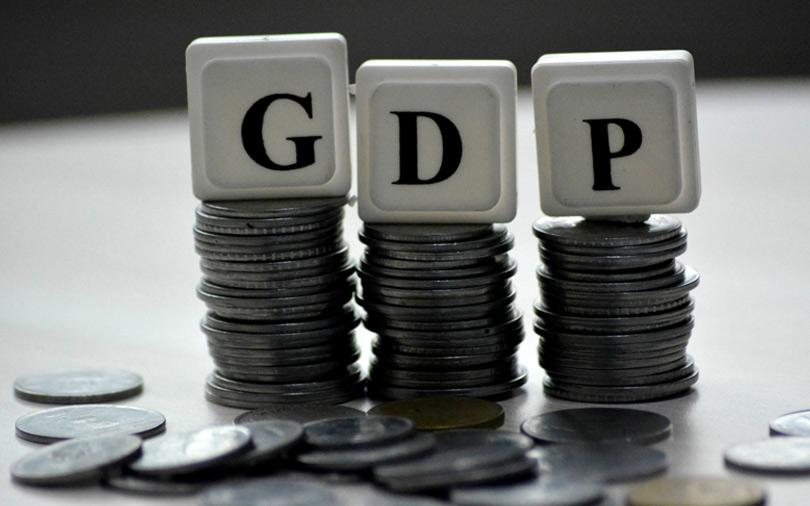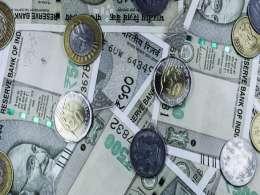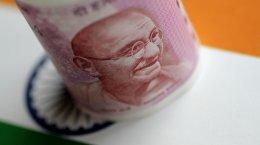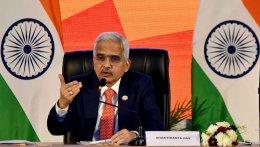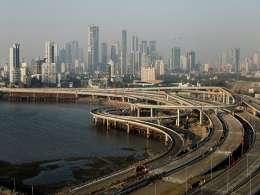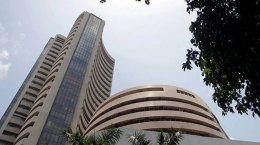India is likely to grow at 7% in the current fiscal year but will have to accelerate growth to 8% in coming years if the country is to become a $5-trillion economy by 2025, the government’s latest Economic Survey said on Thursday.
The survey for 2018-19, which was tabled in parliament by finance minister Nirmala Sitharaman a day ahead of the budget, outlined a roadmap to achieve the Narendra Modi government’s objective of expanding India’s $2.8-trillion economy. It said the 2025 target can be met only when there is a “virtuous cycle” of savings, investments and exports, catalysed by a favourable demographic phase.
The survey expects economic growth to pick up pace this year owing to macroeconomic stability, even though it pointed out that the crisis plaguing non-banking financial companies was one of the reasons for the recent economic slowdown.
India’s economy grew at a lower-than-expected 5.8% in the January-March period. That’s the slowest pace in more than four years. The government had also lowered growth for the year through March 2019 to 6.8% from 7% estimated earlier.
The survey, prepared by the finance ministry’s chief economic adviser Krishnamurthy Subramanian, said that another major reason for the slowdown, especially in the January-March period, was general elections that prompted companies to hold back investments. The elections were held in April and May, and powered Modi to a second five-year term.
Notwithstanding the recent slowdown, India grew at 7.5% in the last five years, becoming the sixth-largest economy in the world. India’s growth dwarfed China’s 6.9%, and was more than twice the global average of 3.6% during the same period.
Suvodeep Rakshit, senior economist at Kotak Institutional Equities, said the survey has set the broad aim of achieving higher growth and the framework needed to achieve it. “The primary idea of linking private investment, productivity, demand generation, exports, and job creation in order to achieve a sustained 8% real GDP growth could go a long way if followed in earnest in policy making,” he said.
Fiscal deficit, investment
The survey maintained India's fiscal deficit at 3.4% of gross domestic product for the year through March 2019. But the combined deficit of the central and state governments was pegged at 5.8%, down from 6.4%. These estimates are significant as they will drive the government’s economic policy in the next few years, as it hopes to revive investment activity.
DK Srivastava, chief policy advisor at EY India, said the downward revision in the combined fiscal deficit implies scope for fiscal expansion in the context of cooperative federalism. Put simply, he says, states will have leg-room to spend more money.
“States can potentially increase their capital expenditure on infrastructure while remaining within their aggregate FRBM (Fiscal Responsibility and Budget Management Act) limit of 3% of GDP so as to effectively complement the Centre’s growth-oriented infrastructure expansion plans,” he said.
The survey said that the investment rate might have bottomed out in recent quarters, but is expected to pick up in 2019-20 on the back of higher credit growth. It said that the Reserve Bank of India’s decision to cut benchmark rates by 75 basis points this year and adopt an accommodative monetary policy stance will help lower real lending rates. Moreover, a decline in banks’ non-performing assets, which have crippled the financial system, could help push capital expenditure higher.
Already, green shoots of recovery in investment activity are becoming visible, the survey said. It said that gross fixed capital formation as a proportion of GDP, commonly referred to as the fixed investment rate, fell from 37% in 2007-08 to 27% in the following ten years. But it has recovered since the first quarter of 2017-18 to just over 29%, the survey noted.
Principal economic advisor Sanjeev Sanyal said the goal was to raise the rate of fixed capital formation to 35% in the next few years.
One significant red herring that may come in the way of increased public spending could be a shortfall in indirect tax collections. The survey says that although direct taxes have seen a 13.4% uptick because of improved corporate performance, indirect taxes are below budget estimates by about 16%, because of a shortfall in GST revenue. Because of this, the government faces the challenge of providing sufficient funds for investment and expansion of infrastructure projects. This, in turn, could impact growth.
Focus on MSMEs
Subramanian and Sanyal also said that extra domestic savings will need to be ploughed into micro, small and medium enterprises (MSMEs), a vast majority of which suffer from “the bane of dwarfism” by remaining too small and contributing significantly lower to employment generation than their larger peers.
The survey said that firms with less than 100 people make up around 84% of the total number of companies in operation, but contribute only 23% to the country’s workforce and just 8% to productivity. Larger companies have 75% of the employees and contribute 90% to the output.
Kotak’s Rakshit said the focus on the MSME sector was much needed as bulk of the job creation and growth support needs to come from this segment.
If finance minister Sitharaman does take cognizance of the survey’s recommendations, her budget could incentivise small savings by offering tax incentives while also lowering corporate taxes, especially for mid-sized companies.
To be sure, companies with an annual turnover of less than Rs 250 crore already pay 25% corporation tax on profits, as compared to 30% paid by those above this threshold.
Agriculture, rural wages
The survey is not too upbeat on the agriculture sector, which it says is expected to grow only by 2.9%. It said that agricultural output may drop going forward, as farmers may have produced lower in 2018-19 than the previous year because of falling food prices.
However, rural wage growth, which had slackened, has started rising since the middle of 2018. According to the government’s own report on doubling farm incomes, an average rural family earned just short of Rs 6,500 per month in 2012-13. This increased to a shade over Rs 8,000 a month by 2015-16, the most recent year for which figures are available. The survey says an uptick in consumption depends on the recovery in farm sector growth, which, in turn, depends on the monsoon.
Other challenges on the fiscal front include the Goods and Services Tax collections, a slowdown in growth and schemes for the agricultural sector, the survey said, perhaps pointing to the Rs 6,000 a year cash handouts that the government has promised to all farmers at a cost of Rs 87,000 crore to the exchequer.
